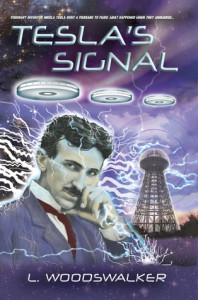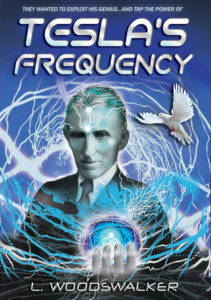“It is quite evident, though, that this squandering cannot go on indefinitely, for geological investigations prove our fuel stores to be limited. So great has been the drain on them of late years that the specter of exhaustion is looming up threateningly in the distance…”
– Nikola Tesla
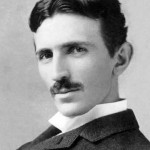 Nikola Tesla believed that the thermo-dynamic process, i.e., the burning of fossil fuels, was “wasteful and barbarous.” In particular he singled out coal; at the time in greater use than natural gas and oil, which were slightly less dirty but rapidly extending in use. Despite these warnings from Tesla, we would all grow to become dependent, some would even say addicted, to these fossil fuels as taxpayer subsidies and government investment in national infrastructure would help make them cheap and accessible. Renewables like wind and solar, of course, did not enjoy government subsidies at that time, and were thus severely disadvantaged.
Nikola Tesla believed that the thermo-dynamic process, i.e., the burning of fossil fuels, was “wasteful and barbarous.” In particular he singled out coal; at the time in greater use than natural gas and oil, which were slightly less dirty but rapidly extending in use. Despite these warnings from Tesla, we would all grow to become dependent, some would even say addicted, to these fossil fuels as taxpayer subsidies and government investment in national infrastructure would help make them cheap and accessible. Renewables like wind and solar, of course, did not enjoy government subsidies at that time, and were thus severely disadvantaged.
The mining of coal was especially problematic, Tesla noted, because despite some modern improvement, it still involved significant “dangers to the unfortunates who are condemned to toil deep in the bowels of the earth.” While oil and natural gas were somewhat safer in this regard, (drilling to depth avoided sending people underground), these sources still presented the problem of being finite. Tesla understood that fossil-based resources would eventually run out. And before that would happen, we would reach some level at which the costs of extraction would exceed the revenues that could be earned, making it economically unfeasible.
To this reality we can add the costs that are not accurately captured. Many of these additional costs have been “externalized,” i.e., shifted from the companies that are extracting fossil fuels onto the greater shoulders of society. This includes costs of pollution, particulates and aerosols released to the air, frequent oil spills, catastrophic ecological damage from mountaintop mining, and the rising costs of fossil fuel-related public health and safety concerns. Now that we fully understand the cause of man-made climate change, the trillions of dollars in costs associated with global warming caused by the burning of fossil fuels can be added to the total. Even if we ignore these societal costs, the fossil fuel industry receives tremendous levels of taxpayer subsidy in order to artificially create an “economically feasible” industry. If these externalized costs were factored into an honest free market, the lack of economic viability of the continued use of fossil fuels for energy would become as clear now as it was to Tesla.
Another cost often ignored is national security. The Middle East, Russia, Venezuela, and other hotbeds of discord all represent globally important sources of fossil fuels, especially oil and natural gas. As one Tesla researcher noted in an apt analogy given Tesla’s interest in pigeons, “if you put all the bird food in one place the birds fight each other for it; if you spread it out for all to eat there is no fighting.” The limited and clustered sources of fossil fuel resources certainly suggest a similar result.
While others at the turn of the twentieth century were busy exploiting coal, iron, aluminum, and drilling for oil, Tesla was already recognizing the limits of those endeavors. Rather than consume resources that were both dirty and finite, Tesla believed we needed to think about conservation. “Whatever our resources of primary energy may be in the future,” Tesla wrote, “we must, to be rational, obtain it without consumption of any material.” He believed that natural, renewable, sources of energy could “eliminate the need of coal, oil, gas or any other of the common fuels.”
[The above is adapted from my e-book, Nikola Tesla: Renewable Energy Ahead of Its Time, available for immediate download on Amazon]
David J. Kent is the author of Tesla: The Wizard of Electricity and two e-books: Nikola Tesla: Renewable Energy Ahead of Its Time and Abraham Lincoln and Nikola Tesla: Connected by Fate. He is also the author of Lincoln: The Man Who Saved America and Edison: The Inventor of the Modern World (both Fall River Press).
Check out my Goodreads author page. While you’re at it, “Like” my Facebook author page for more updates!
Follow me by subscribing by email on the home page. Share with your friends using the buttons below.



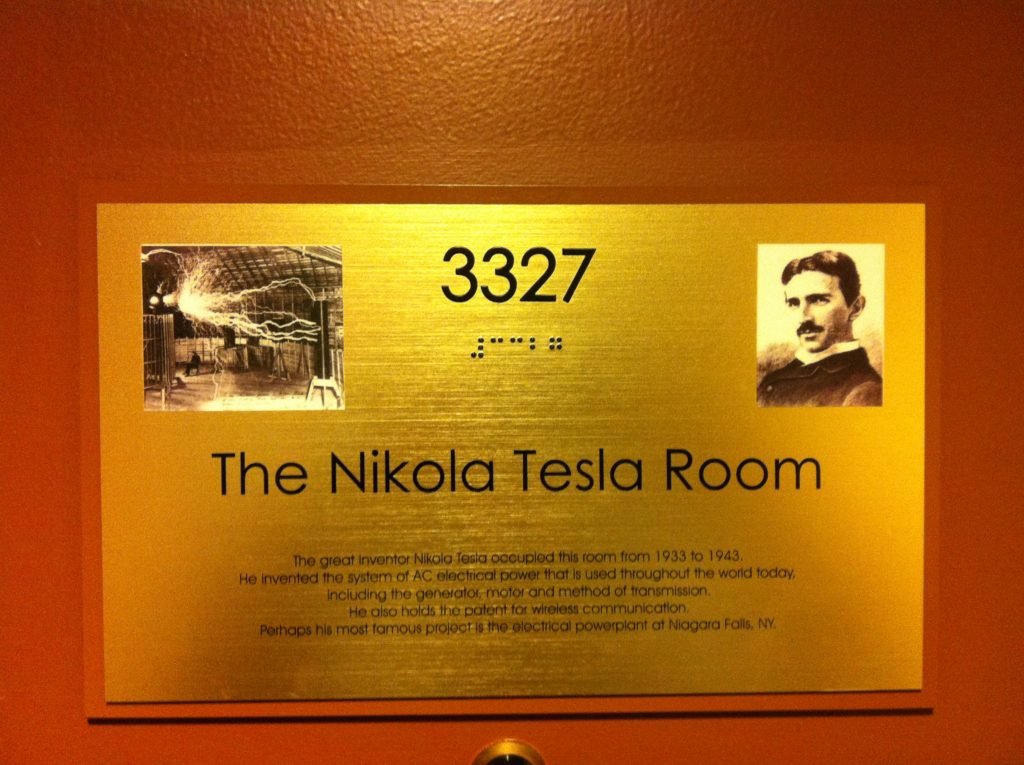
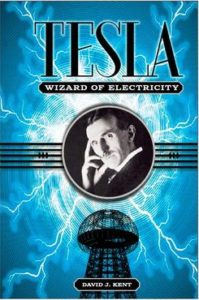 I’m happy to say that I’ve played a small role in bringing more recognition to the man. My book,
I’m happy to say that I’ve played a small role in bringing more recognition to the man. My book, 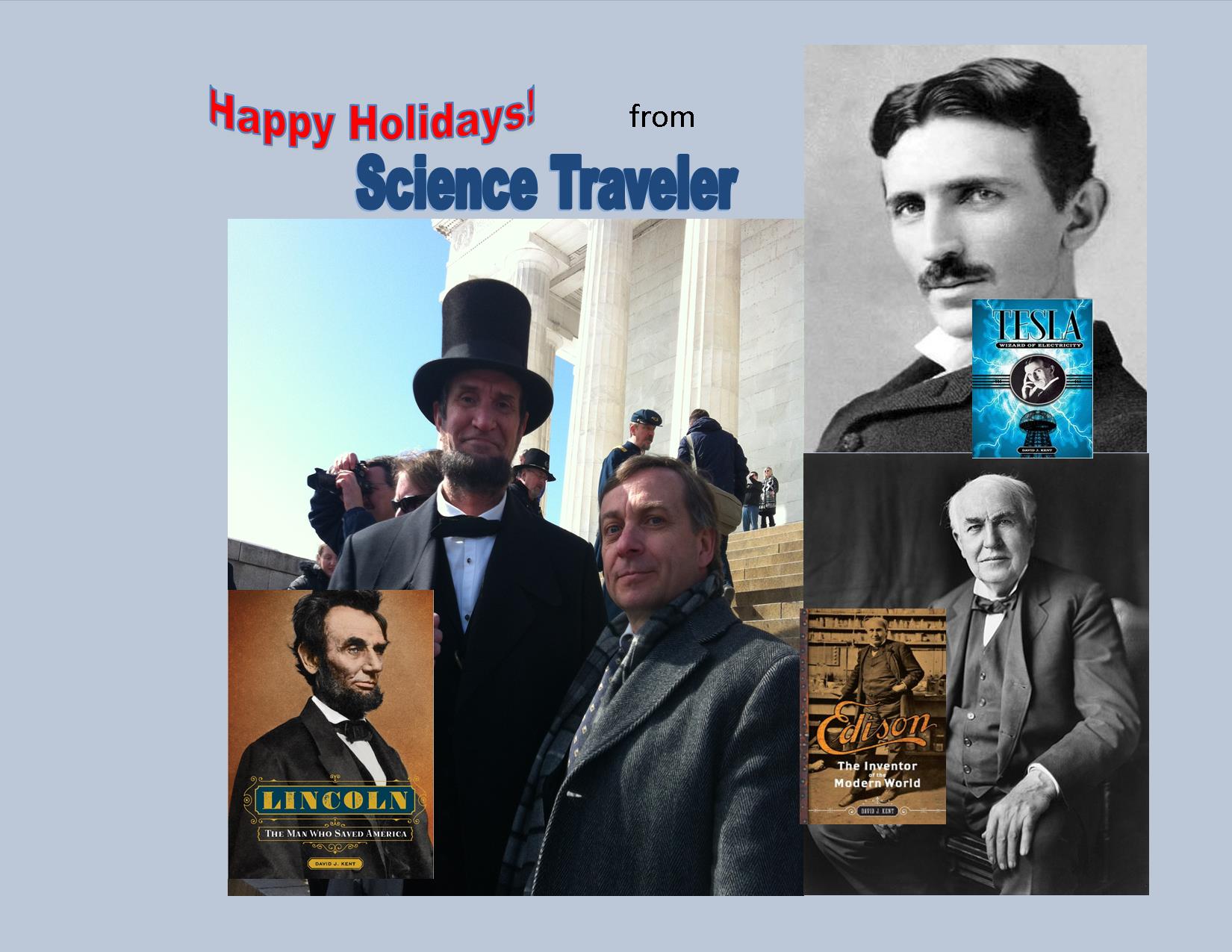
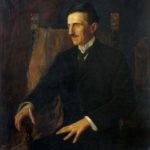 Rotating magnetic fields, alternating current motors and transformers, the Tesla coil, wireless transmission of radio communication, wireless lighting…Nikola Tesla had no shortage of inventions that he could call his own. But these were not the only inventions in which he dabbled. Besides his wireless radio communication and alternating current systems, and like other great inventors from da Vinci to Edison, Tesla was intrigued by a great many other issues. One such issue to which he gave a great deal of thought was the relationship between matter and energy. Late in life he even claimed to have developed a new dynamic
Rotating magnetic fields, alternating current motors and transformers, the Tesla coil, wireless transmission of radio communication, wireless lighting…Nikola Tesla had no shortage of inventions that he could call his own. But these were not the only inventions in which he dabbled. Besides his wireless radio communication and alternating current systems, and like other great inventors from da Vinci to Edison, Tesla was intrigued by a great many other issues. One such issue to which he gave a great deal of thought was the relationship between matter and energy. Late in life he even claimed to have developed a new dynamic  Einstein, of course, received the Nobel Prize in Physics in 1921 “for his services to theoretical physics, and especially for his discovery of the law of the photoelectric effect.” While he is probably best known for his development of “the world’s most famous equation, E = mc2,” Einstein’s greatest contributions were in reconciling the laws of classical mechanics with the laws of electromagnetic fields. He believed that Newtonian mechanics did not adequately accomplish this reconciliation, which led to his special theory of relativity in 1905. Extending this concept to gravitational fields, Einstein published his general theory of relativity in 1916. The following year he applied the general theory to model the structure of the universe as a whole.
Einstein, of course, received the Nobel Prize in Physics in 1921 “for his services to theoretical physics, and especially for his discovery of the law of the photoelectric effect.” While he is probably best known for his development of “the world’s most famous equation, E = mc2,” Einstein’s greatest contributions were in reconciling the laws of classical mechanics with the laws of electromagnetic fields. He believed that Newtonian mechanics did not adequately accomplish this reconciliation, which led to his special theory of relativity in 1905. Extending this concept to gravitational fields, Einstein published his general theory of relativity in 1916. The following year he applied the general theory to model the structure of the universe as a whole.
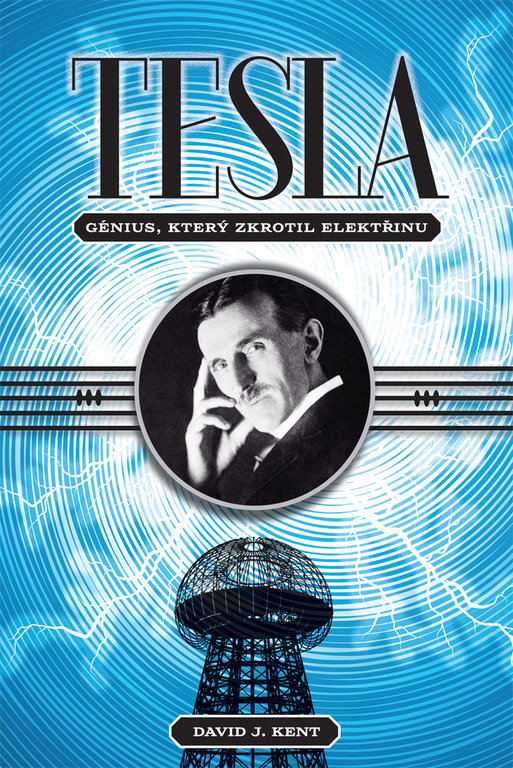
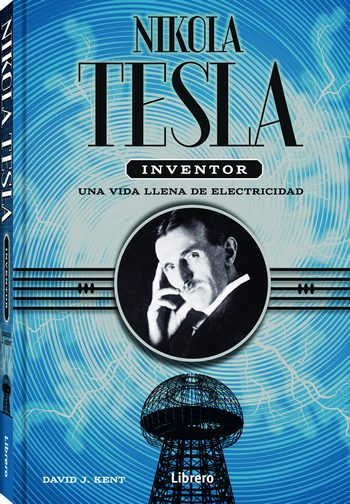
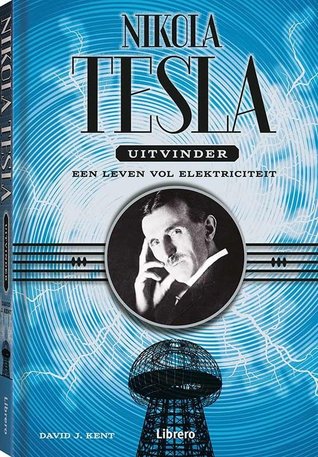

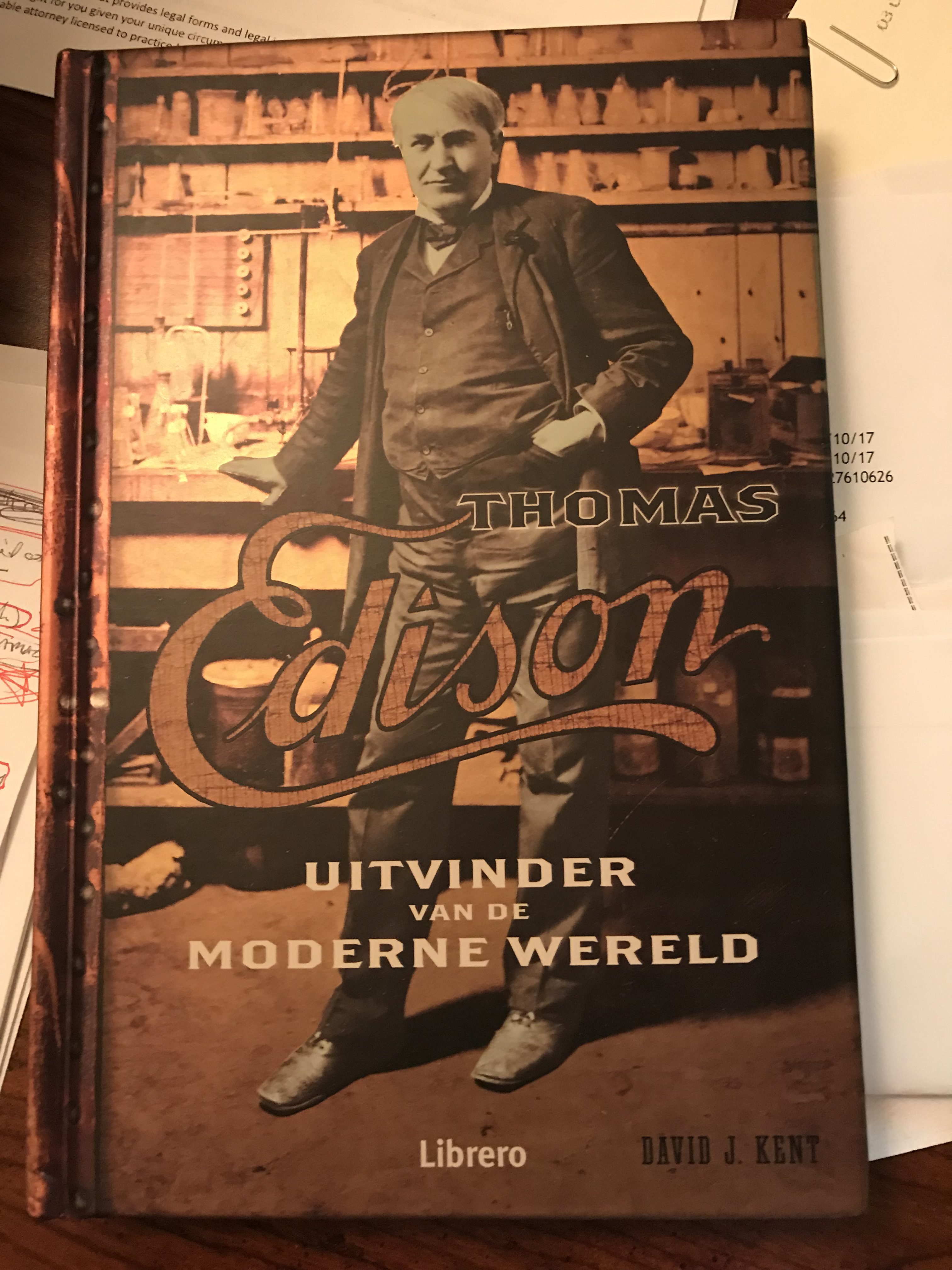
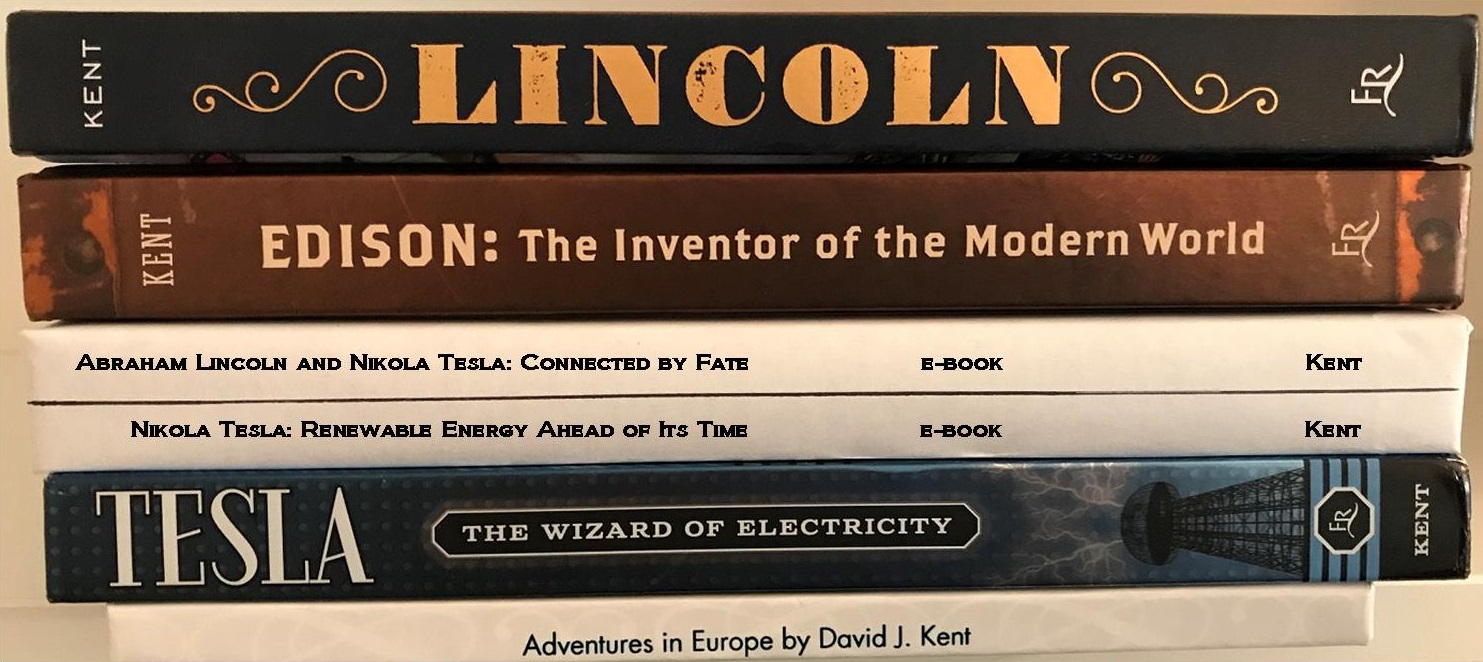
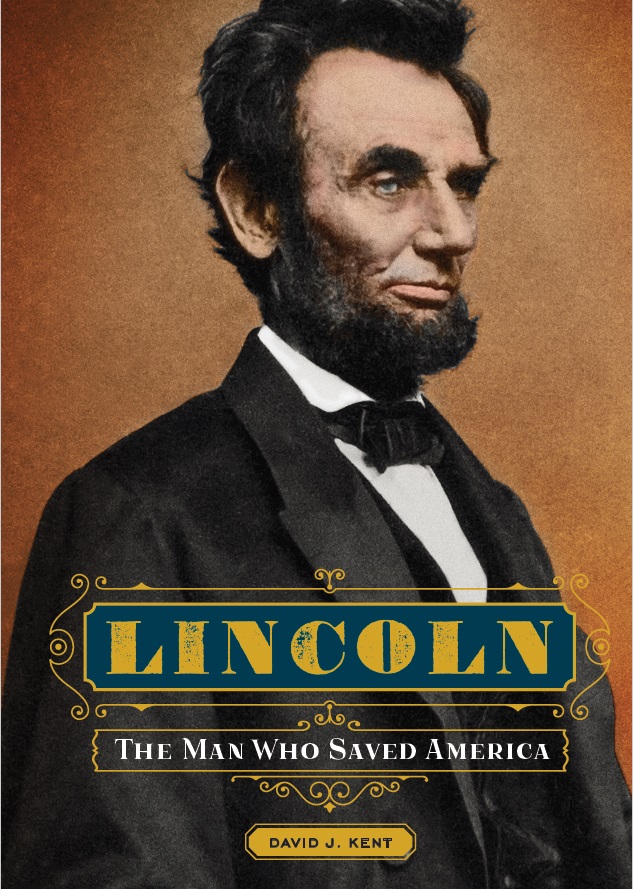
 Today marks the fourth anniversary of resigning my consulting job to pursue a career
Today marks the fourth anniversary of resigning my consulting job to pursue a career  Nikola Tesla was an eccentric genius that was born just before the U.S. Civil War and died in the middle of World War II. Since its release, my book, Tesla: The Wizard of Electricity, has been a big reason nearly 100,000 new people have learned about him. And now there is even bigger news.
Nikola Tesla was an eccentric genius that was born just before the U.S. Civil War and died in the middle of World War II. Since its release, my book, Tesla: The Wizard of Electricity, has been a big reason nearly 100,000 new people have learned about him. And now there is even bigger news. One of the most important events of Nikola Tesla’s youth relates to Tesla’s childhood cat Mačak. As Tesla writes in a letter to a friend’s daughter, at one point during a cold snowy day Tesla “felt impelled to stroke Mačak’s back.” He notes that what he saw “was a miracle which made me speechless…Mačak’s back was a sheet of light, and my hand produced a shower of crackling sparks loud enough to be heard all over the place.” Tesla’s father explained that this must be caused by electricity, like that of lightning, and this thought convinced Tesla that he wanted to pursue becoming an “electrician.”
One of the most important events of Nikola Tesla’s youth relates to Tesla’s childhood cat Mačak. As Tesla writes in a letter to a friend’s daughter, at one point during a cold snowy day Tesla “felt impelled to stroke Mačak’s back.” He notes that what he saw “was a miracle which made me speechless…Mačak’s back was a sheet of light, and my hand produced a shower of crackling sparks loud enough to be heard all over the place.” Tesla’s father explained that this must be caused by electricity, like that of lightning, and this thought convinced Tesla that he wanted to pursue becoming an “electrician.”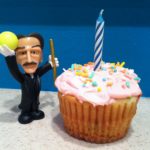 Nikola Tesla was one of the most famous inventors of his age, and then he was mostly forgotten, dying in near poverty. In recent years Tesla has seen a resurgence in popularity as Tesla Motors has brought the Serbian-American inventor back into the limelight. [And perhaps my book, Tesla: The Wizard of Electricity, has played a small role in spreading the Tesla word to the masses.]
Nikola Tesla was one of the most famous inventors of his age, and then he was mostly forgotten, dying in near poverty. In recent years Tesla has seen a resurgence in popularity as Tesla Motors has brought the Serbian-American inventor back into the limelight. [And perhaps my book, Tesla: The Wizard of Electricity, has played a small role in spreading the Tesla word to the masses.]